Rowing machine benefits: 8 reasons rowing is a great workout
The list of rowing machine benefits is plentiful, from muscle gain and fat loss to being perfect for seniors
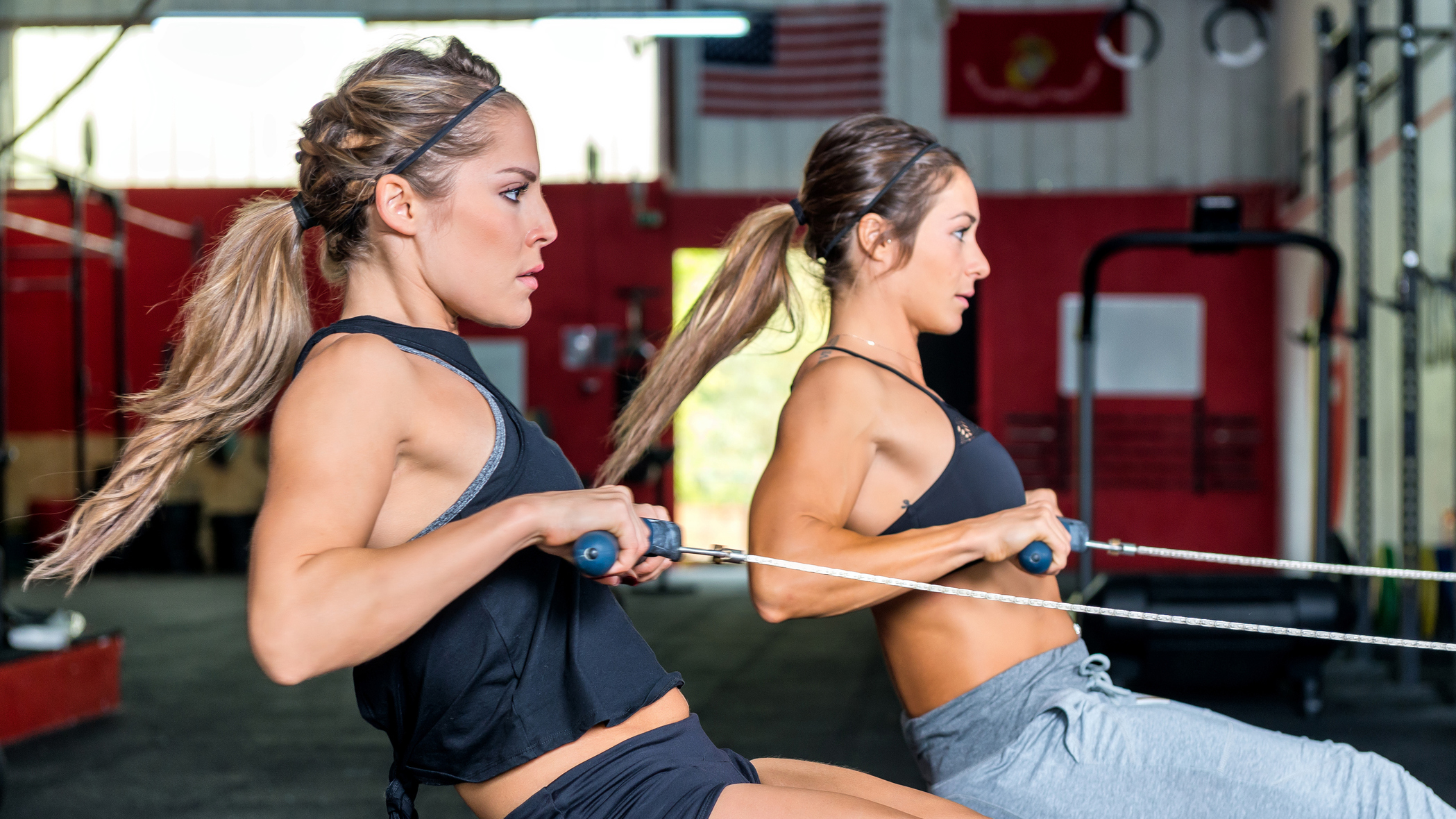

Eyeing up the rowing machine in your local gym (or even considering purchasing one yourself) then you're in good company.
As the world descended into lockdown last year, more and more people turned to the best rowing machine options as a way to keep fit indoors.
Consequently, rowing has exploded in popularity, mostly due to the long list of rowing machine benefits in comparison to its competitors, like treadmills and exercise bikes.
From active agers looking for a low-impact way to exercise, all the way to elite athletes, the demand for rowing machines has positively skyrocketed. World Rowing found that a staggering 131 world indoor rowing records were broken during lockdown last year.
Whether you’re aiming to beat one of these records or just improve your general fitness, the rowing machine is a great place to start. If you've been on the fence about picking up one of the best rowers, here are eight benefits that come with using rowing machines.
1. Rowing is super flexible
A rowing workout need never be boring. For maximum variety, alternate between heart-pumping high intensity interval training (HIIT), mid-length cardio sessions and long, low steady-state sessions, the rowing machine benefits them all.
You can even combine the rower with circuits-style matwork. Greg Zimmerman, co-founder and CEO of workout class franchise ROWBOTS, takes his clients through a gruelling workout switching up rowing intervals with floor-based conditioning exercises.
Get the Fit&Well Newsletter
Start your week with achievable workout ideas, health tips and wellbeing advice in your inbox.
“Each class is split half-and-half with rowing intervals and floor-based movements. The floor is predominantly strength work to compliment the cardio on the rowers where participants are pushed to failure, and then inspired to go again!"
Our 30-day rowing for weight loss plan contains plenty of these to keep you occupied, mixing timed rowing intervals with core-focused exercises like sit-ups and Russian twists.
2. Rowing is a low-impact discipline
Unlike running, which places a lot of pressure on joints like your hips, knees and ankles, indoor rowing is a low-impact sport. If your bones and joints are in bad shape, rowing is a great way to build muscle around them without putting them at risk like you would doing HIIT exercises involving jumping and running, with repetitive impacts on hard surfaces.
For the seriously fit, rowing is a great way to work out while giving your joints a break from this kind of sport. According to London physiotherapist Ben Lombard, “rowing can complement higher impact sports nicely as an opportunity to rest overloaded joints from impact, as well as being perfect for those with joint issues or injuries.
"Rowing is a perfect example of this as it's a whole-body, compound exercise great for muscular and cardiovascular systems.”
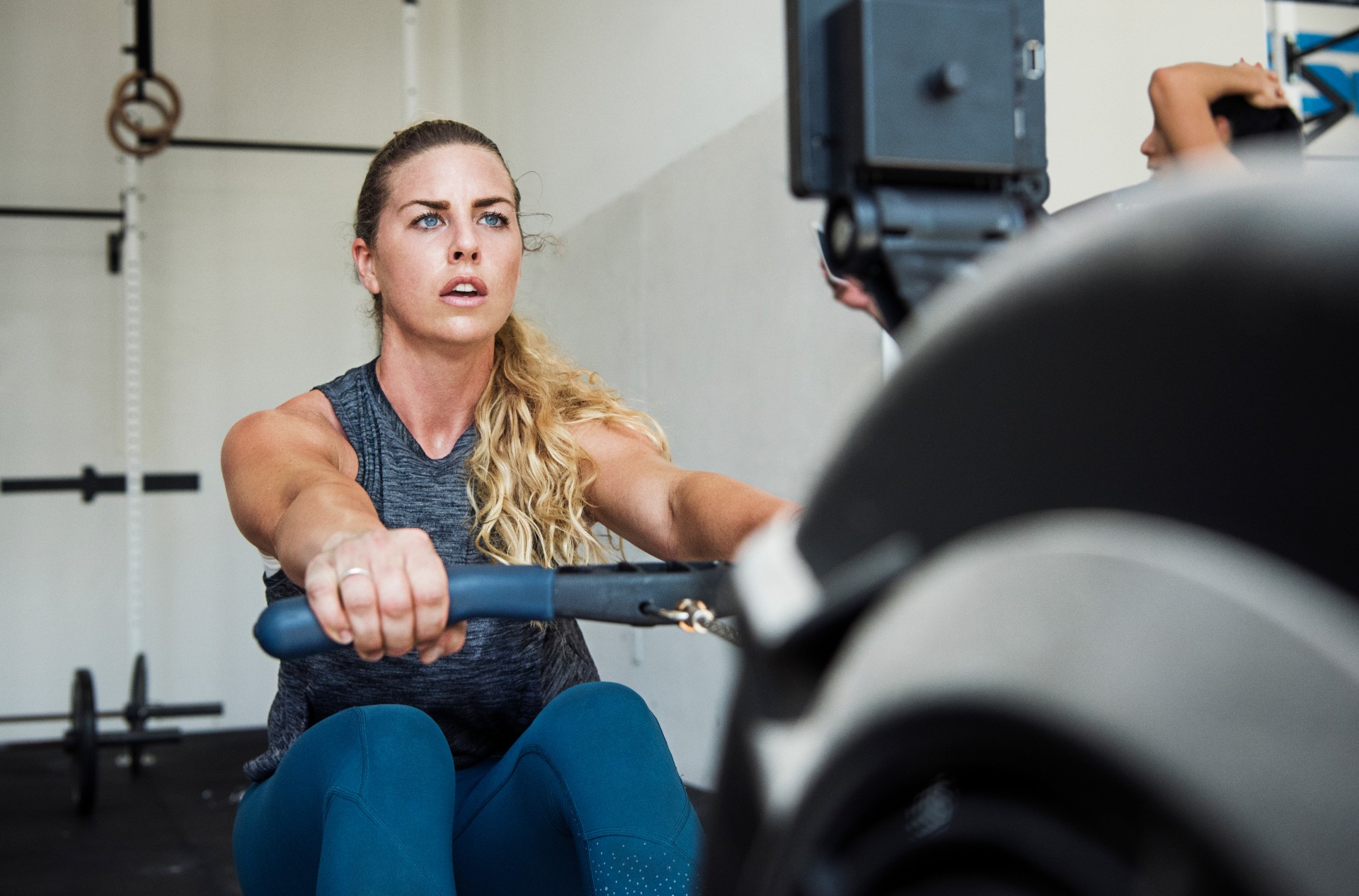
3. Rowing is good for your bones
Because it’s so low-impact, you might expect rowing to have little effect on your bone density, but research by the University of Washington suggests otherwise. The study, which involved healthy but sedentary women between the ages of 60 and 74, compared higher impact exercise such as walking and stairclimbing with weightlifting and rowing.
The researchers found that weightlifting and rowing machine benefits bone mineral density in the whole body, lumbar spine and femur. If you're worried about your joints for any reason, rowing can both strengthen your bones and build up the muscle around them, all without putting them at risk.
4. Rowing is ideal for seniors
There’s no upper age limit for the rowing machine. The low-impact nature of the workout combined with the adaptable resistance levels make it perfect for seniors. The World Indoor Rowing Championships in 2020 hosted entries by competitors in their 80s, and even one in the over-90s category.
Seniors can benefit from low-intensity rowing thanks to its capability to build muscle. As our bodies get older, they undergo a process called muscular atrophy, in which our muscles waste away to become weaker. Staying active on the rowing machine will help keep seniors strong and mobile, fighting against atrophy and turning back the clock.
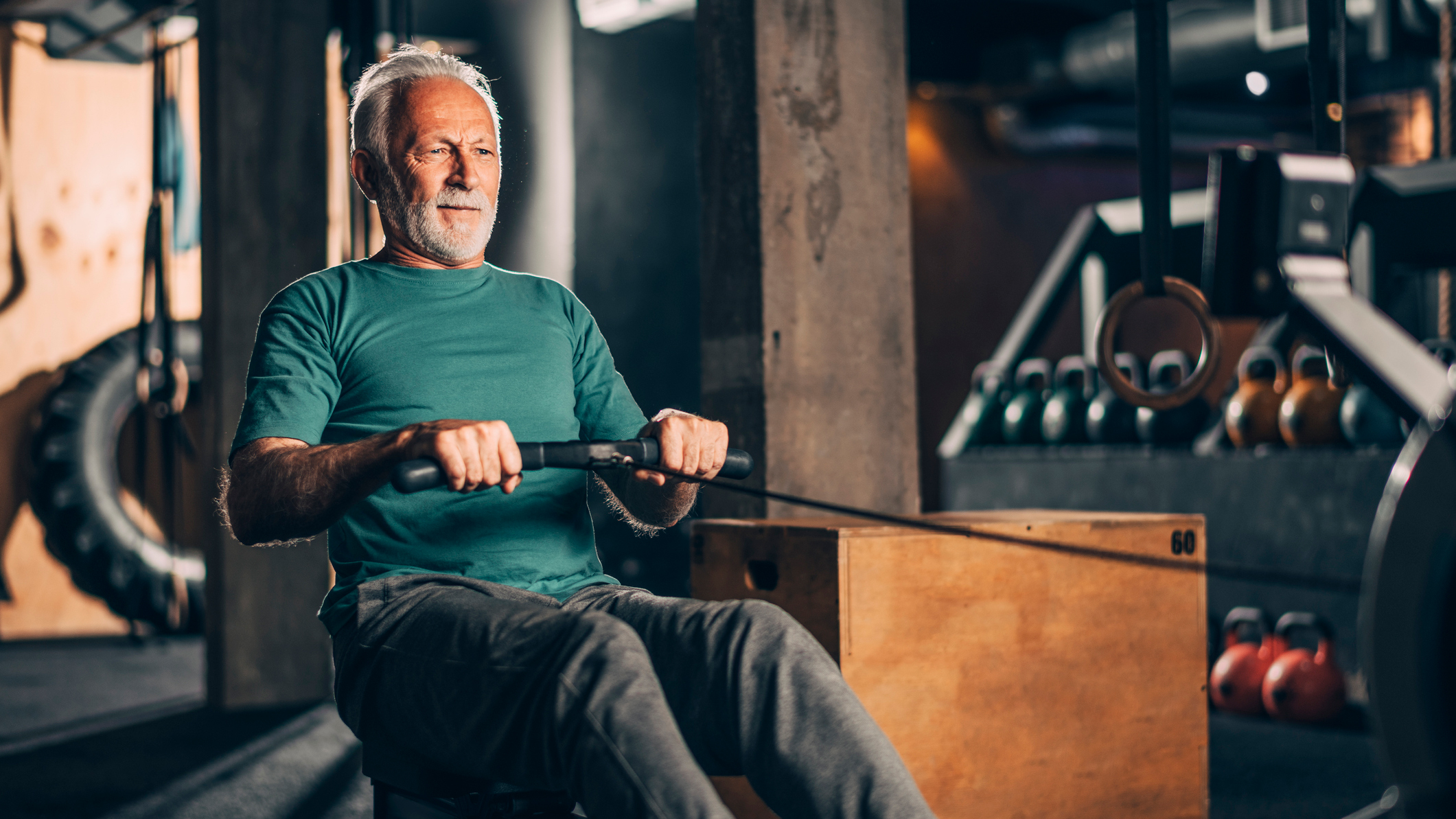
5. Rowing works the whole body
Arms, legs, core, back... If you want plenty of bang for your buck, head straight for the rower.
“Rowing is a compound activity, meaning it uses multiple joints and muscles at the same time," explains Lombard. "It's particularly good for the postural muscles in the back, the core and the major muscles in the legs. Not only this, but the most important muscle trained is your heart. Rowing is a fantastic activity for your cardiovascular health when done properly.
“Having a strong core and glutes are the foundation of living a healthy, pain-free lifestyle. Not only will it translate into better posture, but better movement patterns and quality, meaning you'll be able to do more, for longer. Many of the aches and pains I see on a regular basis as a physio could easily be solved with increasing the patient's core and glute strength.”
6. Rowing soothes the mind
Like any form of physical exercise, a workout on the rowing machine releases those awesome endorphins that give you the post-exercise buzz. It's for this reason, low-intensity rowing works great in tandem with yoga for anxiety, helping you tank the stresses of a busy week. But indoor rowing goes further.
Zimmerman explains: “It's the little things like the sound of the water [or fan, depending on the type of machine] combined with the mental conditioning and psychological techniques that all add up to benefiting mental health. It doesn't put too much stress on the body or the mind but it develops serious mental resilience. You have to concentrate with every single stroke in order to maintain a steady split and hold an efficient rhythm. Rowing develops our focus and ability to be present.”
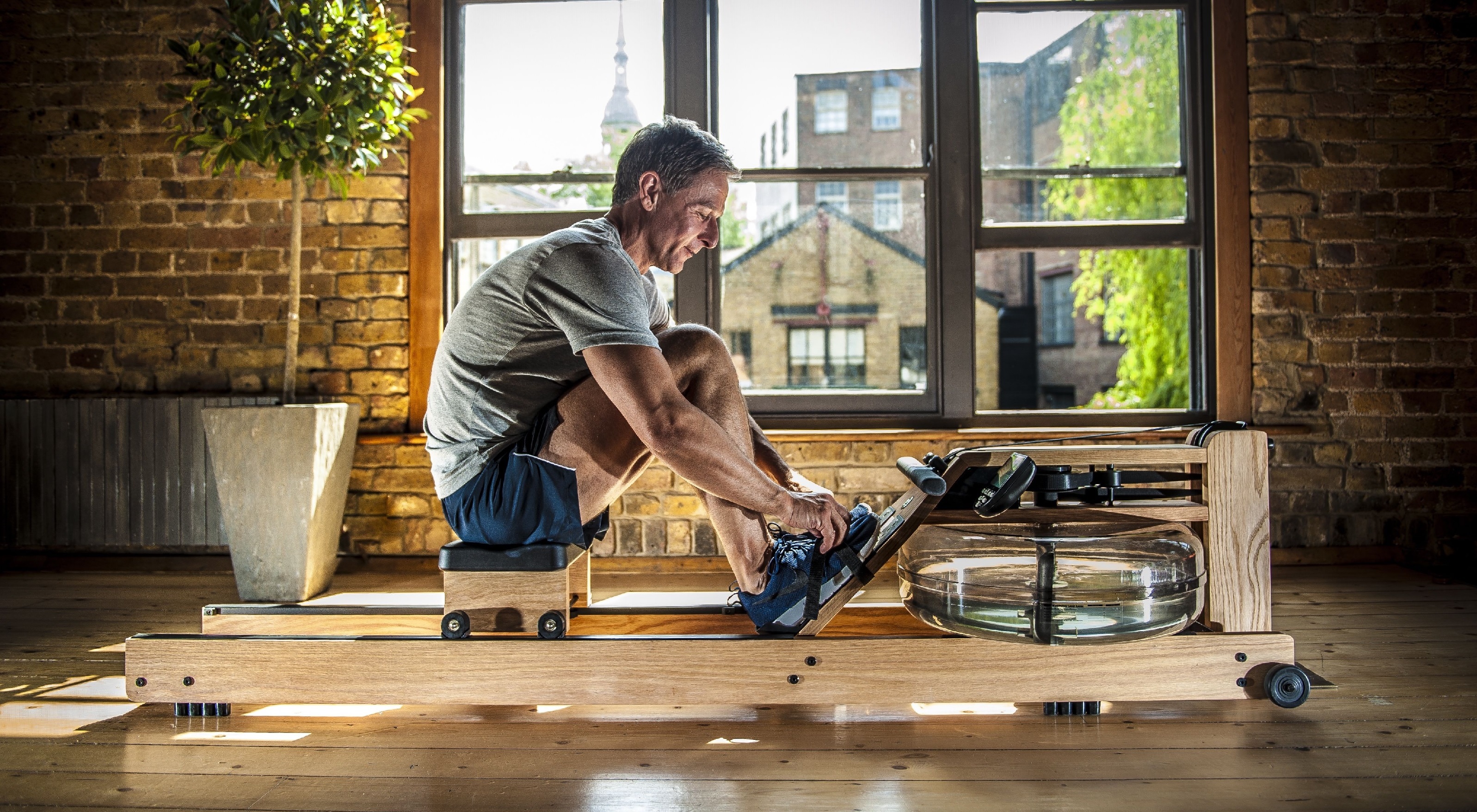
7. Rowing is great for burning fat
Most of us have a little extra lockdown lard to lose after the last year, and rowing is certainly among the best exercises for weight loss due to its compound nature.
If you’re keen to blast the fat, indoor rowing is just what you need. According to Harvard Health Publishing, just half an hour of moderate indoor rowing burns between 210 and 311 calories (depending on your weight), and if you go for a vigorous workout, those numbers shoot up to between 255 and 377 calories.
8. Rowing improves grip strength
Even with a loose grip on the handle (better for technique), rowing is great for grip strength.
According to Lombard, “The muscles used to pull and hold onto the handle are strengthened as you row, therefore increasing strength each time you row, provided adequate rest is observed. Grip strength is useful for all daily activities – especially opening sticky jars!”
Hand grip strength is also a strong indicator of good health in older people. It’s associated with overall strength, upper limb function, bone mineral density, the likelihood of falling, good nutrition and other elements of a healthy life.
Patricia Carswell is a freelance journalist, specialising in health and fitness. She has written for a huge variety of national newspapers and magazines, including Healthy, Top Santé and Women's Fitness, and writes a monthly column for British Rowing's content hub. She's the founder and host of rowing blog and podcast, Girl on the River, where guests have included Sir Matthew Pinsent and multiple Olympian Frances Houghton MBE.
She won Rowperfect’s Rowing Blogger of the Year several years in a row, the Endurance Award in the MyProtein Blog Awards and was runner-up in the Sports & Fitness Category in the UK Blog Awards in 2017.
She keeps fit by rowing, walking and swimming, and is at her happiest when on or in the water.
-
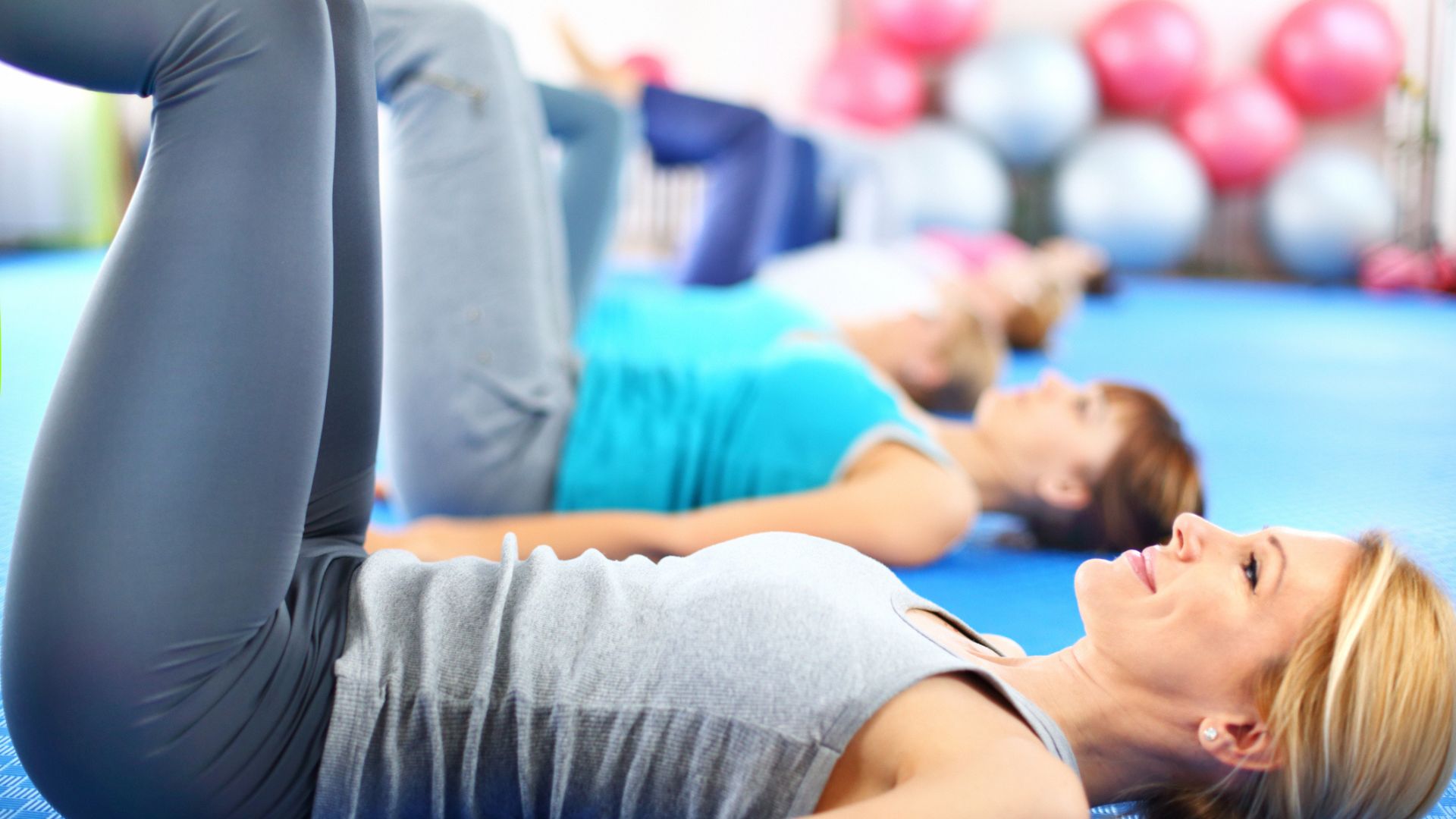 A Pilates instructor says this is the beginner-friendly core exercise everyone should try
A Pilates instructor says this is the beginner-friendly core exercise everyone should tryForget crunches, this is the perfect foundation move
By Alice Porter
-
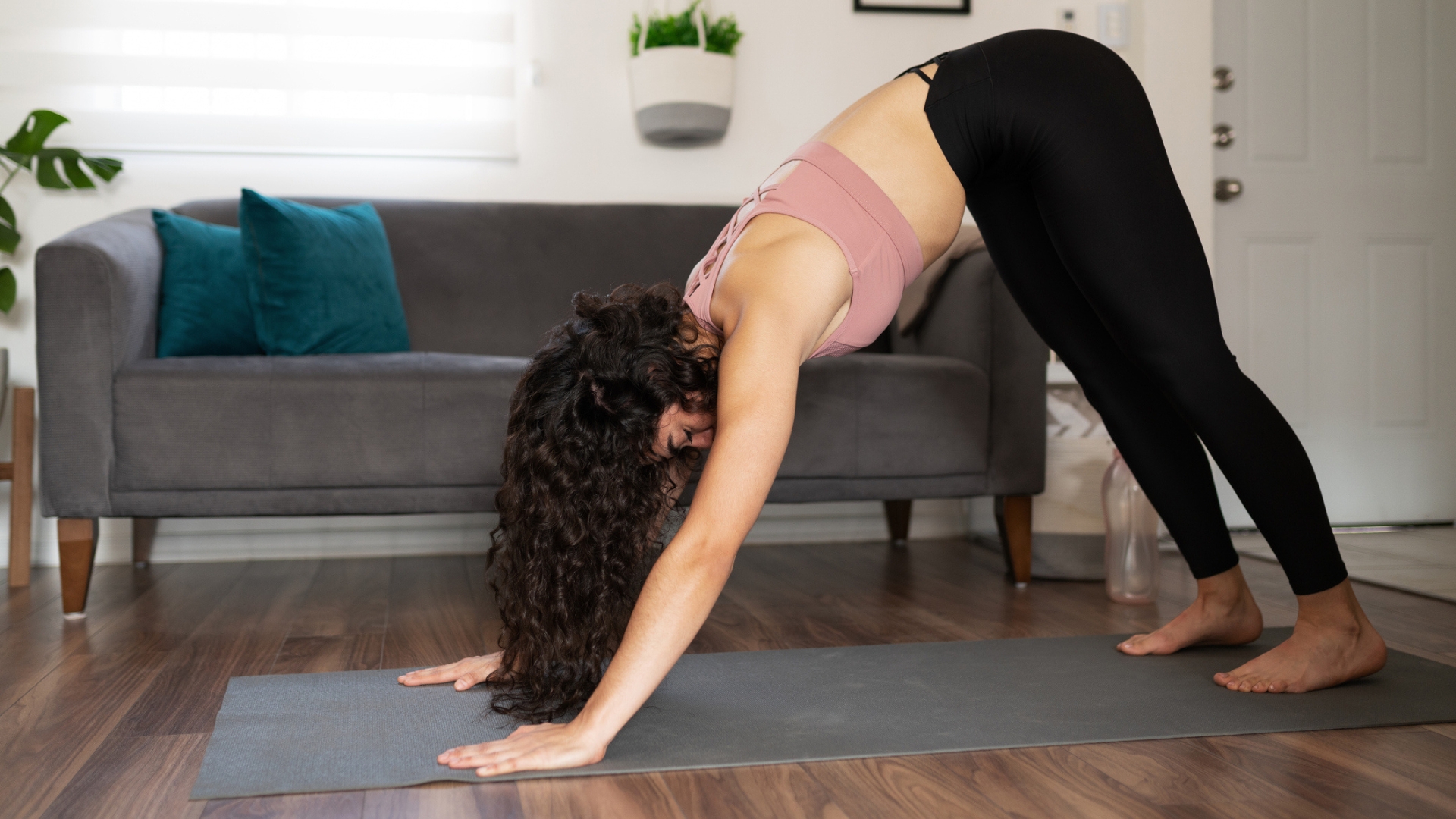 Prevent poor posture and release tension from sitting down with these four simple stretches from a yoga instructor
Prevent poor posture and release tension from sitting down with these four simple stretches from a yoga instructorThe daily poses he swears by, no matter what
By Alice Porter